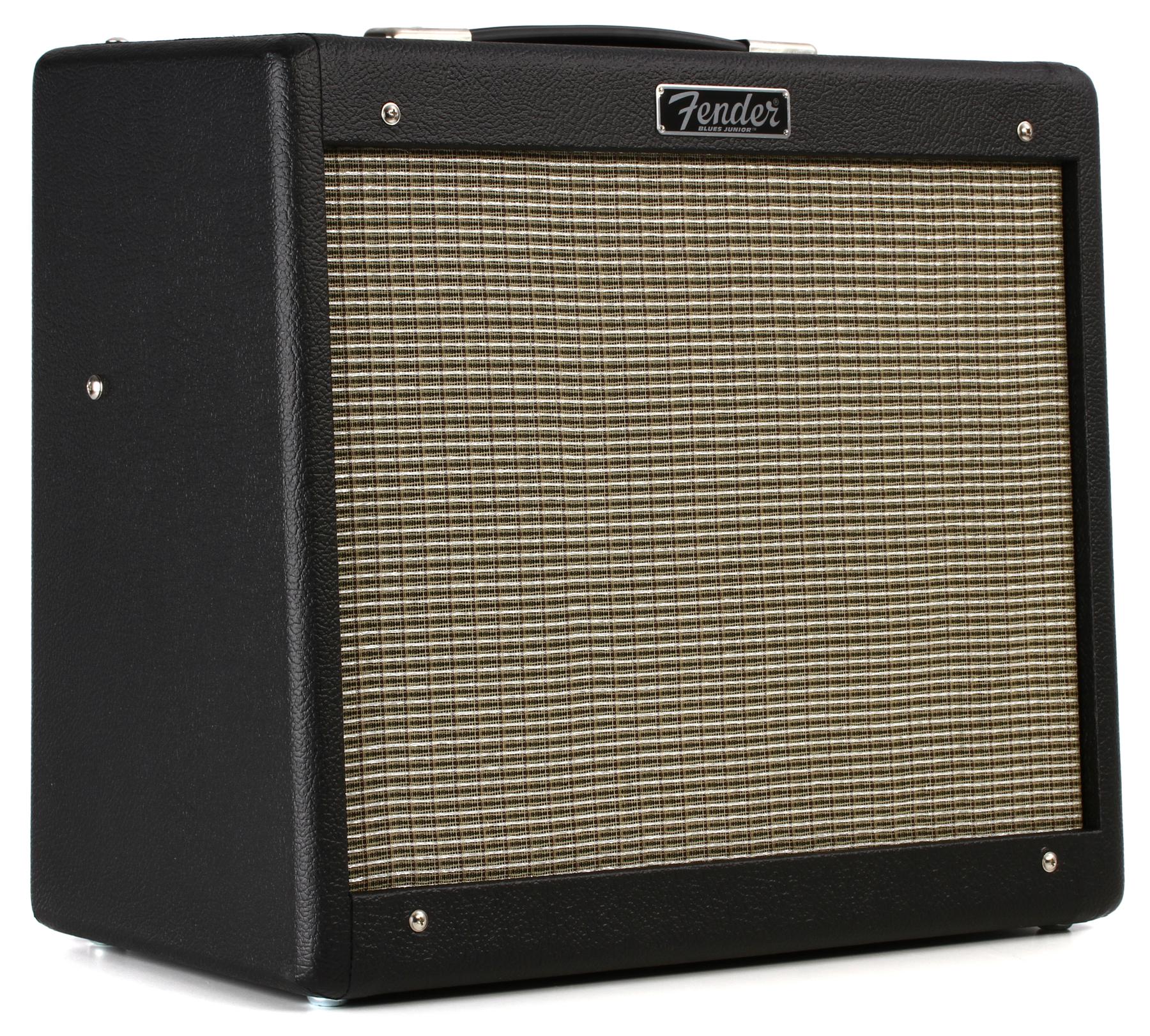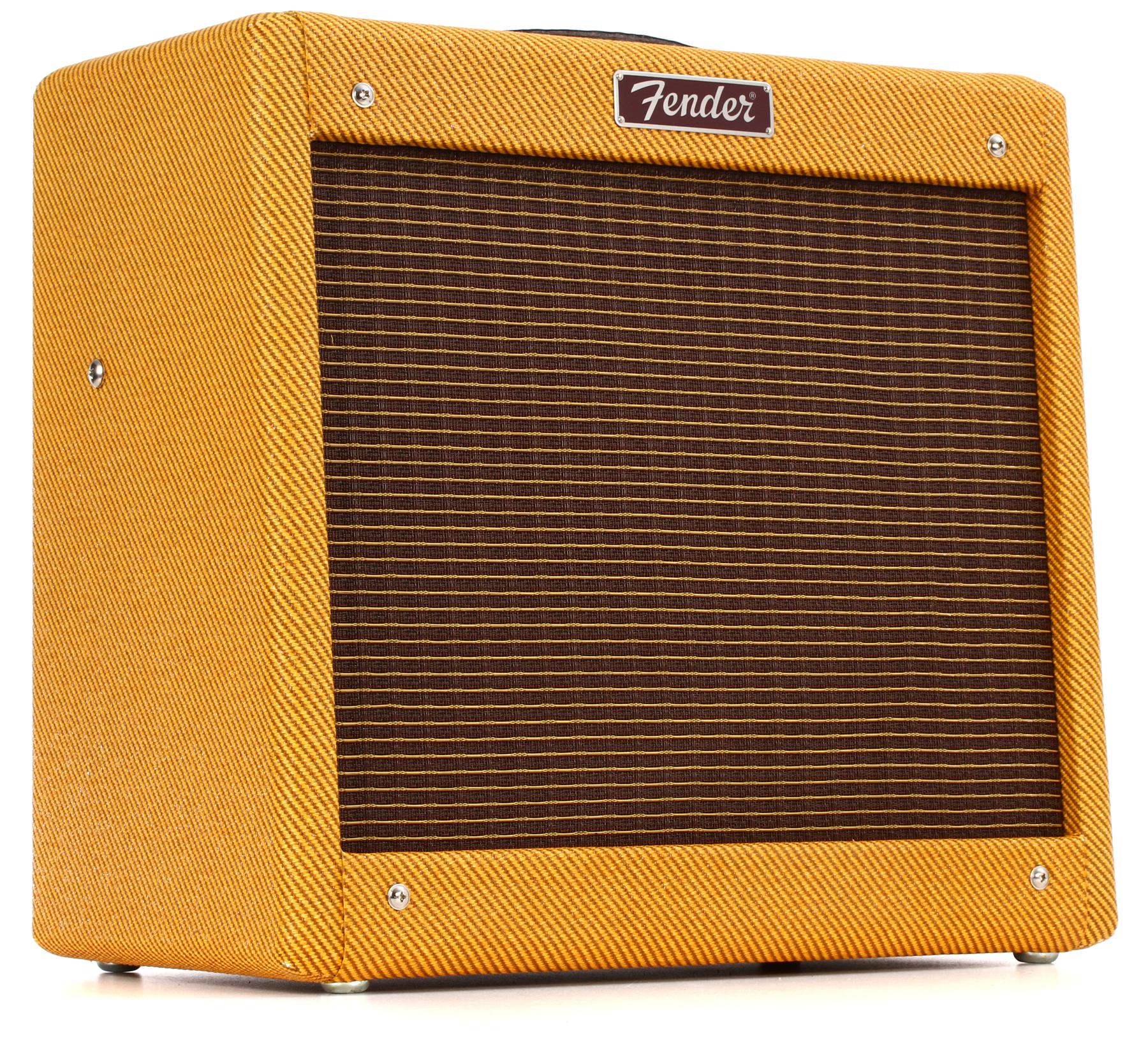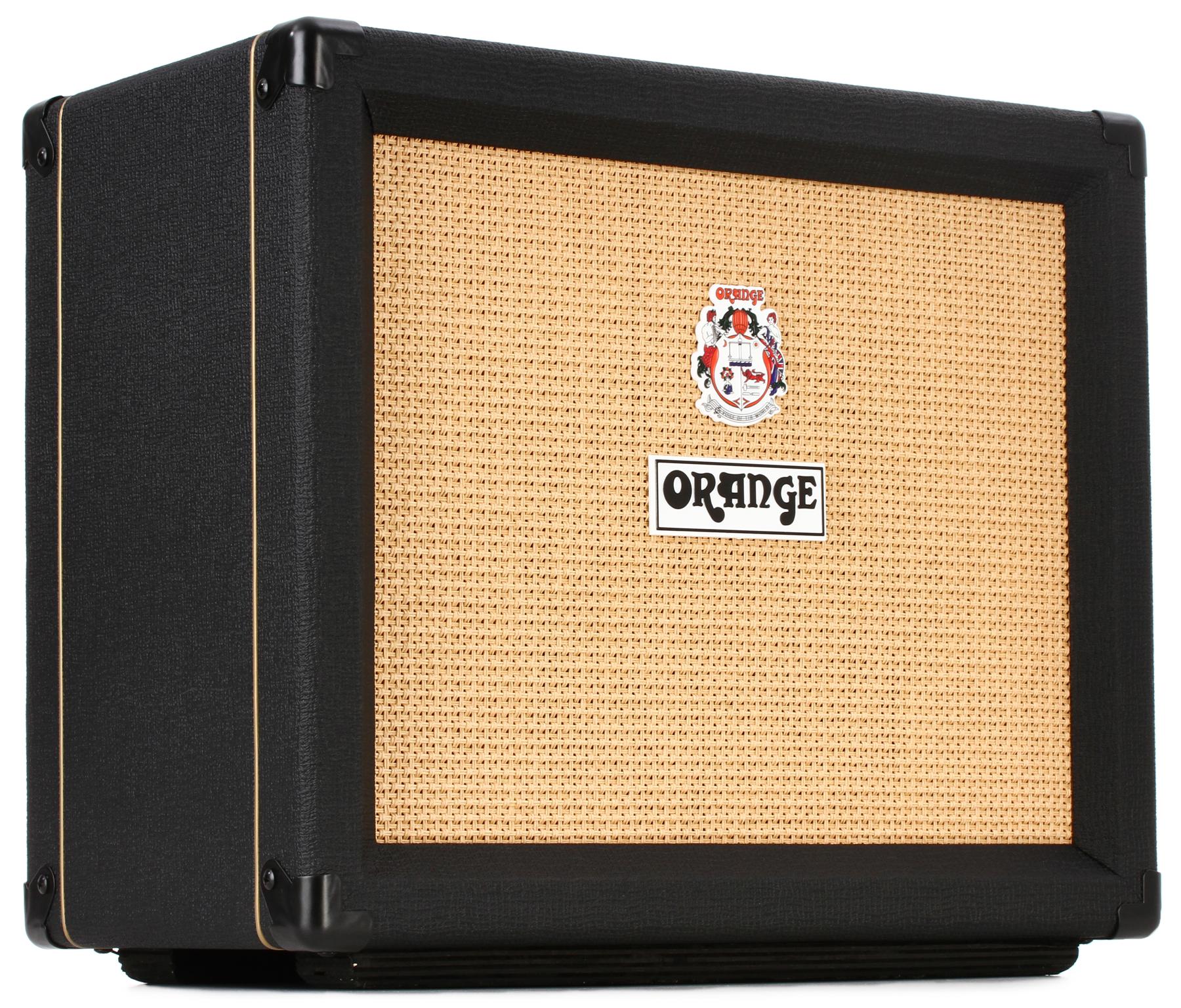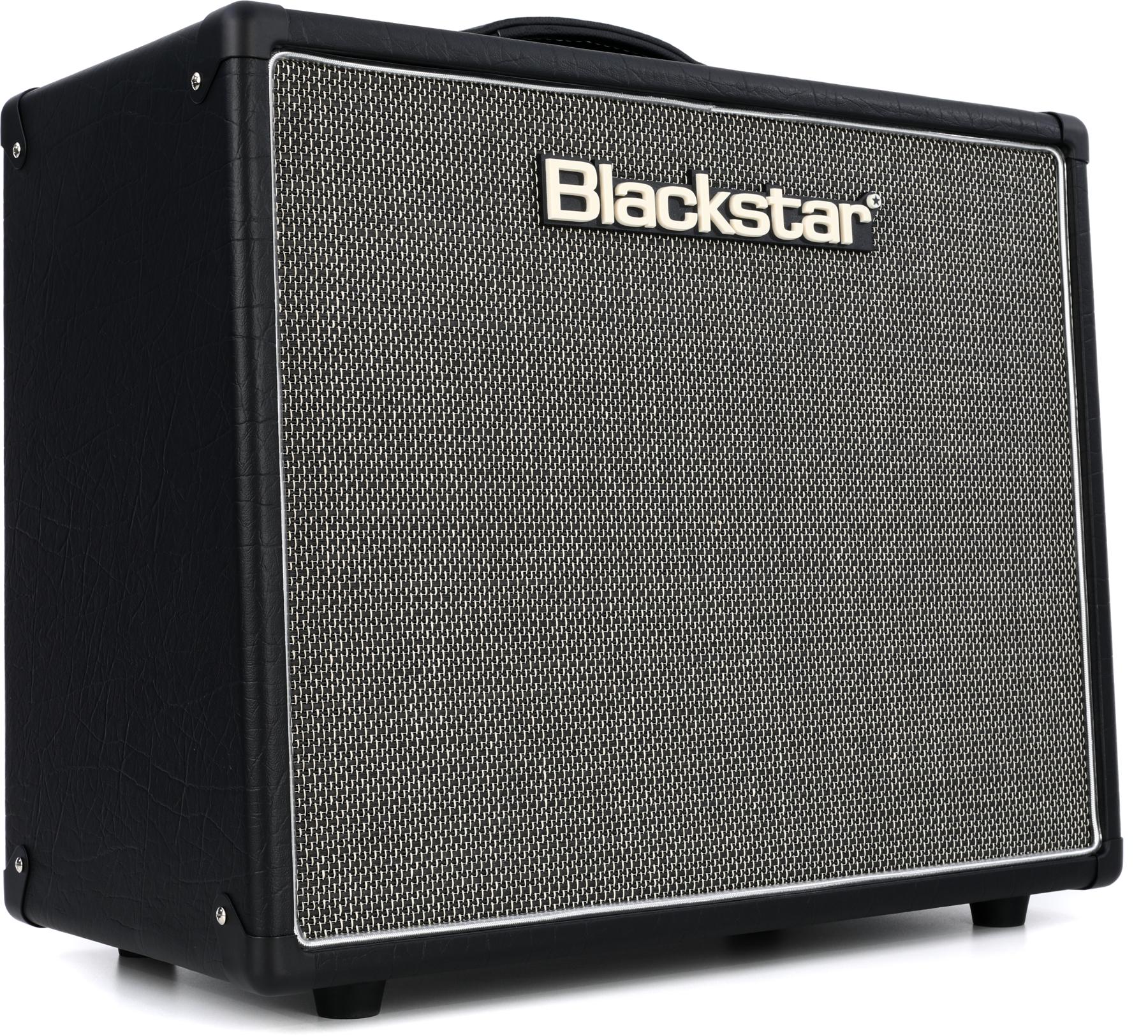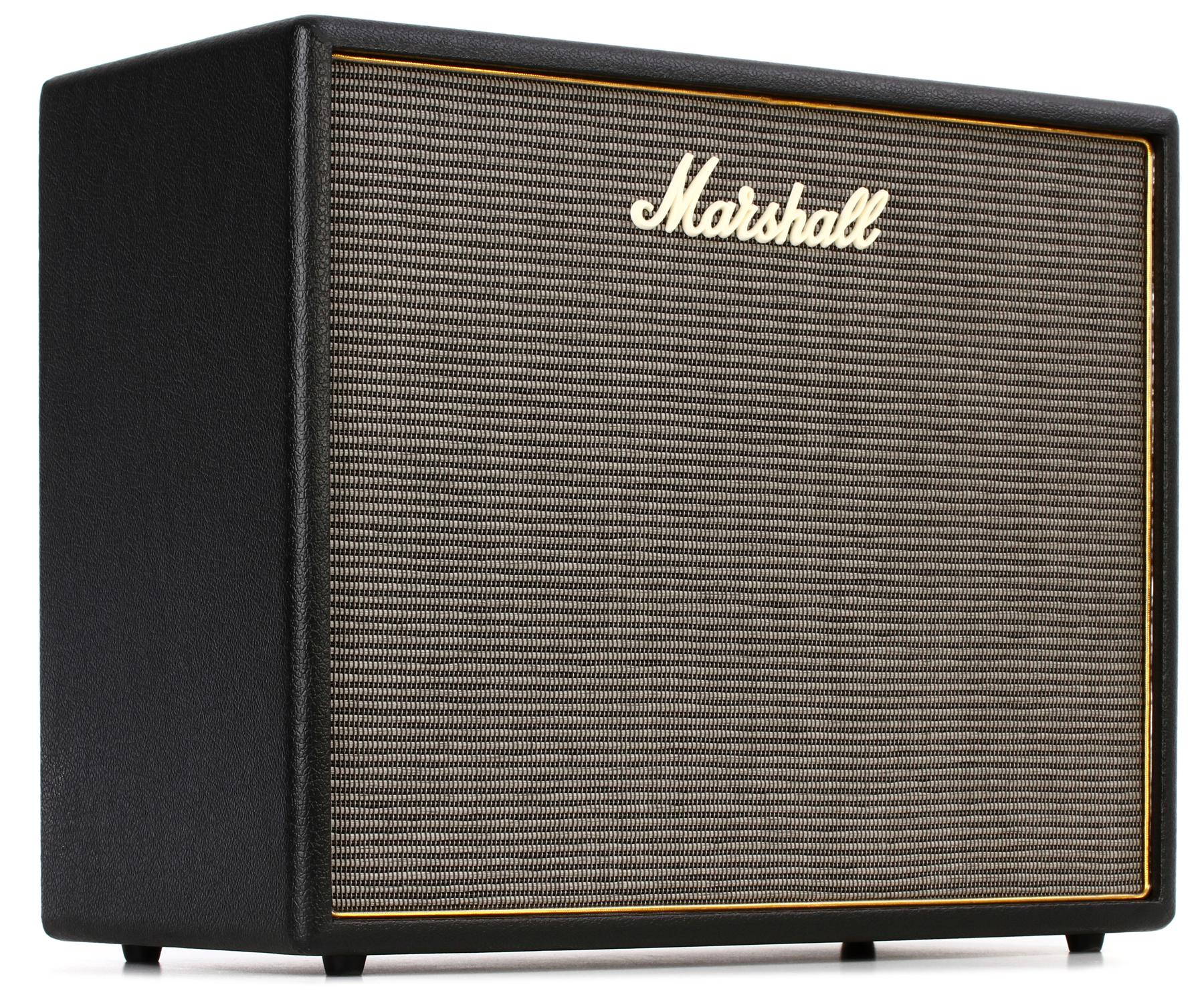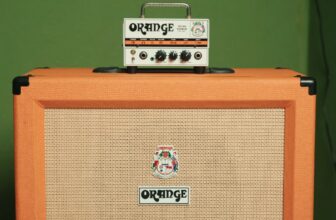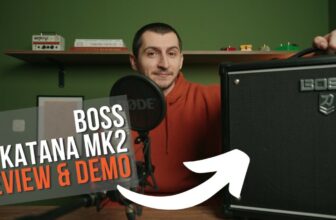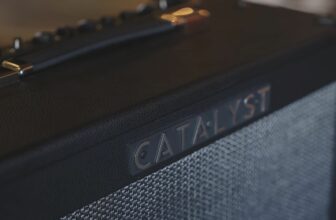Fender Blues Junior vs Pro Junior – What’s the Difference?
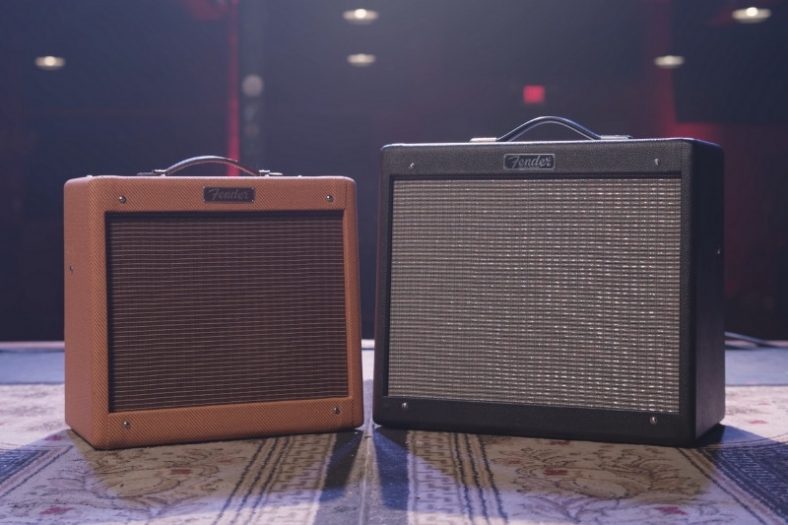
The Fender Blues Junior and Fender Pro Junior are two of the most popular amps in the world. These small tube amps deliver tones that are far bigger than their dimensions. Although these small tube amps are close relatives, subtle differences exist between them, serving different purposes.
The main difference between Fender Pro Junior and Fender Blues Junior is that the Blues Junior comes equipped with more versatile tonal control options like spring reverb effect, fat switch, and a 3-band EQ along with a larger speaker, 12” Celestion A-Type speaker.
On the other hand, Pro Junior comes with a smaller 10” Jensen speaker and a single tone and volume knob. But, the Pro Jr. is 8 lbs lighter than the Blues Jr, which makes it more portable.
Both amps are fantastic devices that have been highly popular since their production in 1993. Thanks to their compact dimensions and lightweight, pedal-friendly design, they are highly popular. Fender made an upgrade on the series in 2018, making the amps much more functional with small modern touches.
| Specifications | Fender Blues Junior | Fender Pro Junior |
| Speaker | 12″ Celestion A-Type | 10″ Jensen P10R Alnico |
| Power Output | 15 Watts | 15 Watts |
| Weight | 31.5 lbs (14.3 kg) | 22.85 lbs (10.36 kg) |
| Preamp Tubes | 3 x 12AX7 | 2 x 12AX7 |
| Power Tubes | 2 x EL84 | 2 x EL84 |
Contents
Key Differences Between Fender Blues Junior and Pro Junior
- Speakers: The Fender Blues Junior comes with a 12″ Celestion A-Type speaker, while the Pro Junior features a 10″ Jensen P10R Alnico speaker.
- Tone Knobs: The Fender Blues Junior is more versatile with its volume knob, 3-band EQ, and Spring Reverb effect knobs. The Blues Junior only has a tone control knob and a volume knob on its control panel.
- Weight: Fender Blues Junior weighs 8 lbs heavier than the Pro Junior.
Key Similarities Between Fender Blues Junior and Pro Junior
- Power Output: Both Fender Blues Jr and Pro Jr are 15-watt tube amps. While they provide enough power output for small to medium-sized places, they may not be suitable for larger playing areas.
- Tubes: The tubes in both amps are almost the same. The Fender Blues Jr is equipped with three 12AX7 as preamp tubes and two EL84 tubes for power tubes, while the Fender Pro Jr has the same layout with one less 12AX7.
- Price: While Fender Blues Jr costs slightly more than the Pro Jr., as it has a bigger speaker size and more versatile controls, the prices of both amps are in the same range.
- Sonic Performance: When it comes to the sound of both amps, they sit in similar places. They both deliver great warm, clean tones, but the Blues Jr is slightly more versatile with its 3-band EQ and built-in spring reverb effect.
- Vintage Looks: The amps look different, but both have the vintage 60’s looks with their amp covers and grill cloths.
Fender Blues Junior
The Fender Blues Junior is one of the most popular small combo tube amps among players, after great clean tones for genres like blues and jazz. The 15-watt all-tube amp provides fantastic warm, clean tones with its portable design and affordable price tag.
The 15-watt all-tube combo amp is equipped with a 12” Celestion A-Type speaker,
Reverb, Master, Middle, Bass, Treble, Fat Switch, Volume knobs, single 1/4″ input, and a
3/4″ Particle Board along with a lightly-aged silver grille cloth and Black Textured Vinyl amp cover.
The amp gives you everything you would need from a clean channel amp with its built-in spring reverb, fat switch, and 3-band EQ. Plus, it is highly portable and lightweight to carry around.
The drawback is that it is only a 15-watt amp. So, you can not use it for medium to large hall gigs. As it is a relatively small and weak amp, even playing with drums while holding a pristine clear, clean tone is not easy.
Overall, it is a great amp for warm, clean tones to play in small to medium-sized gigs, practice, record, and for jam sessions. If you’re after the warm Fender blues sound, this is the ideal amp for you.
Fender Pro Junior
The Fender Pro Junior is another small all-tube combo amp that delivers great clean tones for blues and jazz guitarists. The 15-watt amp’s simple design with only volume and tone knobs, an input jack, and a power button makes it a great amp for beginners as well as simplistic approaches.
The Fender Pro Junior is the perfect amp for guitarists who do not like tweaking knobs until they find the perfect tone. It only has a volume and tone knob, which gives you playable tones immediately. So, there is no unnecessary fiddling.
It is a highly lightweight amp that weighs 22.85 lbs (10.36 kg). You can carry it around anywhere, and if you want to have more versatility, you can combine it with some effect pedals to create different tones.
The amp has a 3/4″ Particle Board as the cabinet material and 50s style grill cloth along with a Lacquered Tweed amp cover. It truly looks vintage. The speaker is a 10″ Jensen P10R Alnico that works great.
While the amp shines with its warm, clean tones and simplistic design, it is a relatively weaker amp with its 15-watt power output. It would perform great for small to medium-sized gigs, recording, practicing, and jamming with friends. But, its power may not be enough for medium to large gigs.
Overall, Fender Pro Junior is a great clean tone amp for guitarists who want a no-frills, simple layout in a portable design.
Alternatives
Some of the greatest alternatives to Fender Blues and Pro Junior models are Orange Rocker 15, Blackstar HT20R MKII, and Marshall Origin 20W.
Orange Rocker 15
Orange Rocker 15 is a highly portable and versatile 15W all-tube combo amp. It can be used in 15W, 7W, 1W, and 0.5W modes with its attenuation function. The small, two-channel, bedroom-friendly all-tube amp features many built-in effects and many functions in its compact design.
Blackstar HT20R MKII
Blackstar HT20R MKII is another great small all-tube combo amp with 20 Watt power output, 2-channel layout, 12” speaker, infinite shape feature, power reduction circuit, 2 voice switches, and emulated output.
The amp shines with its versatility as it features a great range of input-outputs and many control options, allowing you to have any tone from British edge-of-breakup grit to tight and punchy American high-gain. Plus, the onboard reverb and a speaker-emulated output add to the versatility.
Marshall ORI20C Origin 20W
Marshall Origin 20W is a highly popular all-tube combo amp from a legendary brand. The 20-Watt all-valve combo amp has a switchable power output option, tilt control for blending bright and normal sounds, 3-band EQ, gain and master controls, and a 10” Celestion V-type speaker.
The amp is a great way to achieve iconic Marshall sound for the classic British tones. It has a footswitch for its 2 channels and a wide range of input-output options. Plus, it is relatively portable with a weight of around 30 lbs.
If you want to see more small tube amp alternatives, you can check out this article.
What are Tube Amps, and how do they work?
A tube amp or a valve amp uses vacuum tubes to amplify the power of a signal. The tube amps sound much smoother, warmer, and more responsive than solid-state amps, which is the main reason many famous guitarists use tube amps.
Vacuum tubes are well-known for their excellent audio characteristics. When vacuum tubes amplify audio signals, they perform much better than electronic transistors in solid-state amps, and they create natural harmonic distortion giving a unique personality to the end tone.
What are the benefits of a Tube Amp?
Tube amps have a better response, warmer distortion, and better clean sounds than solid-state amps. Tube amps respond differently to different playing styles and dynamics, giving unique character to the player. Also, the overall tones of tube amps are more natural, warmer, and richer in harmonics.
Solid-state amps sound pretty crisp, which makes the dynamic nuances of the player disappear in the overall tone. But, tube amps respond differently to soft and more aggressive playing styles giving different sonic characters depending on the touch on the strings.
Tube amps provide a warmer overall sound with their natural harmonic distortion as well as great smooth and warm, clean tones. The soft playing can create clean sounds, while the sound can get slightly distorted with harder touches, which adds great character to the tone.
Tube amps are less durable and harder to maintain than solid-state amps on the negative side. Solid-state amps are also more versatile and cheaper than valve amps.
Conclusion
Tube amps provide fantastic tones that shape rock and music history. Their unique natural sound characters are the dreams of most guitarists. Fender Blues Junior and Fender Pro Junior provide players with warm and natural clean sounds that will take them back in time.
While both amps are pretty similar, they have subtle differences. Fender Blues Jr. has a larger speaker and more versatile tone control options with built-in reverb, fat switch, and 3-band EQ on the control panel. Fender Pro Junior is more suited for simplistic players or players who like to have pedals for effects. Also, Pro Junior is around 8lbs lighter and more portable.
Both amps are great choices with small nuances for players who want the warm bluesy Fender sound in their arsenal.

